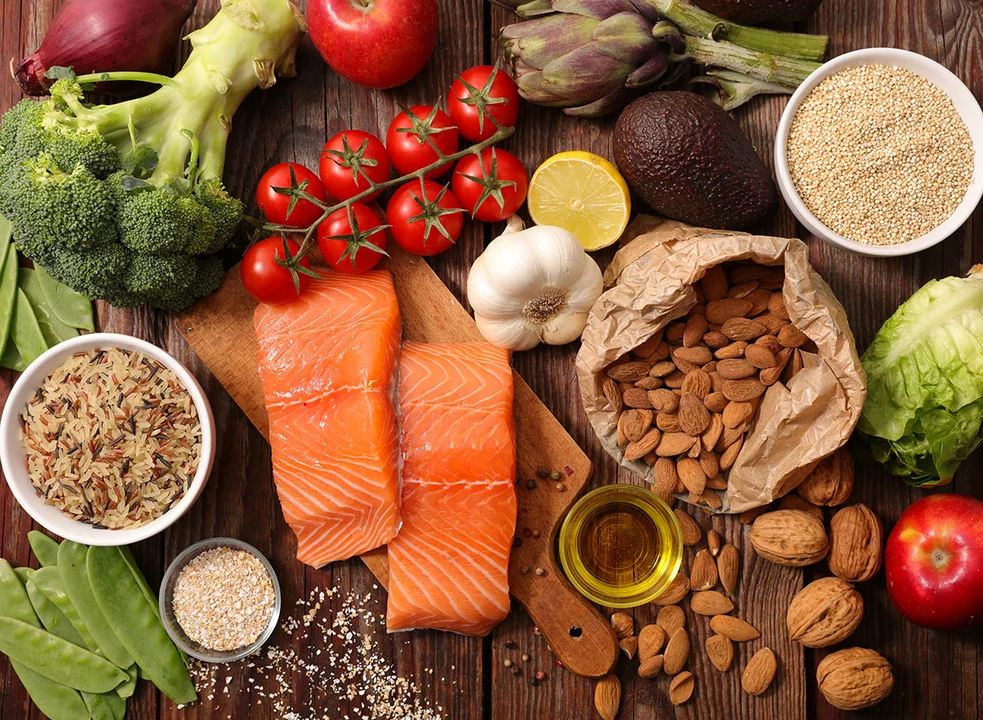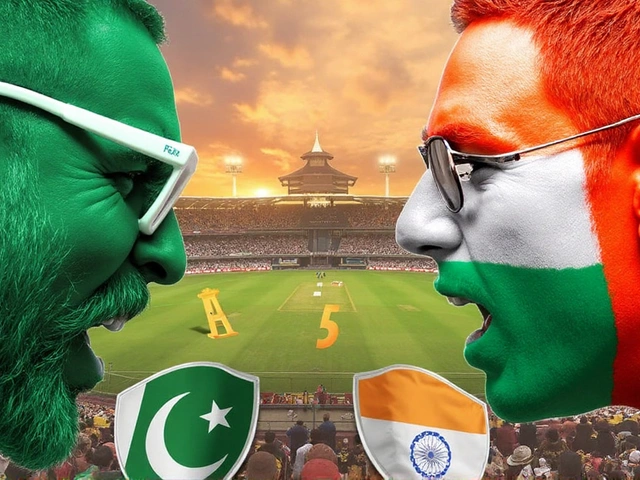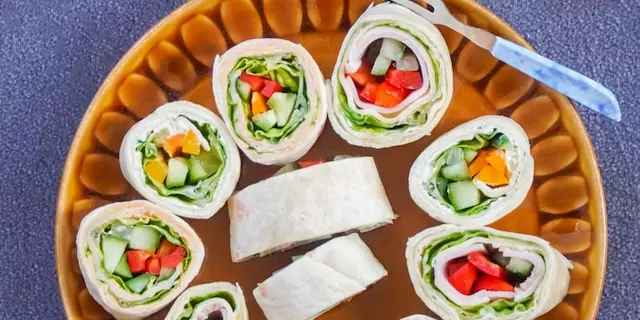Unhealthy Indian Food: Common Pitfalls and Smarter Choices
If you love Indian cuisine but worry about the health side, you’re not alone. Many favorite dishes are packed with deep‑fried snacks, heavy gravies, and loads of refined carbs. The good news? You don’t have to give up flavor to stay healthy.
First, let’s spot the usual suspects. Samosas, pakoras, and bhajis are all delicious but are cooked in lots of oil, raising calorie counts fast. Then there are creamy gravies like butter chicken or paneer makhani that rely on ghee, cream, or tomato puree with added sugar. Even the staple roti can become a problem when it’s made with refined flour instead of whole wheat. Finally, sweets such as gulab jamun, jalebi, and kheer bring a heavy dose of sugar and saturated fat to the table.
Why Some Popular Indian Dishes Can Hurt Your Health
Heavy frying delivers crisp texture, but it also adds trans and saturated fats that can raise bad cholesterol. When you eat these snacks regularly, you increase the risk of heart disease, weight gain, and type‑2 diabetes. Creamy sauces often hide hidden calories; a single serving can contain more than 500 calories, especially when butter or cream is involved.
Refined flour roti lacks the fiber that whole grains provide, so it spikes blood sugar faster than a whole‑grain alternative. High‑sugar desserts cause quick energy spikes followed by crashes, which can lead to cravings and overeating. All these factors combine to make a typical Indian feast surprisingly calorie‑dense.
Easy Swaps for a Lighter Indian Meal
Switch deep‑fried snacks to baked or air‑fried versions. You can coat samosa wrappers with a thin drizzle of oil and bake them until golden. Use chickpea flour (besan) for healthier pakoras that need less oil.
Replace ghee‑heavy gravies with tomato‑based sauces, low‑fat yogurt, or cashew paste made from soaked nuts blended with a splash of water. Adding plenty of vegetables not only boosts nutrients but also stretches the sauce further, reducing overall calorie intake.
Swap white flour roti for whole‑wheat or millet rotis like bajra or jowar. These options have more fiber and keep you fuller longer. For rice lovers, try brown rice or quinoa; they have a lower glycemic index and more protein.
When it comes to sweets, limit portions and choose fruit‑based desserts. A small bowl of fresh mango with a sprinkle of chaat masala can satisfy a sweet craving without the added sugar. If you crave traditional sweets, make a lighter version using low‑fat milk and natural sweeteners like stevia or jaggery in moderation.
Portion control matters too. Serve yourself a modest portion of high‑calorie dishes and fill the rest of the plate with salads, legumes, and steamed veggies. Drinking a glass of water before meals can also help you eat less.
Finally, balance is key. Enjoy a rich dish occasionally, but make most meals vegetable‑forward and spice‑rich rather than fat‑heavy. By tweaking cooking methods, choosing smarter ingredients, and watching portions, you can keep the love for Indian flavors alive without compromising health.

What is the most unhealthy Indian food?
- Date: 30 Apr 2023
- Categories:
- Author: Aarav Khatri
As a food enthusiast, I recently delved into exploring the unhealthy side of Indian cuisine. It turns out, the most unhealthy Indian food is arguably the deep-fried, calorie-laden samosa. While it's hard to resist the delicious taste of this popular snack, the high amounts of saturated fats and cholesterol in the dough and the filling make it an unhealthy choice. Moreover, samosas are often served with sweet and spicy chutneys, adding to the overall calorie count. So, as tempting as it may be, it's best to enjoy samosas in moderation to maintain a balanced diet.




